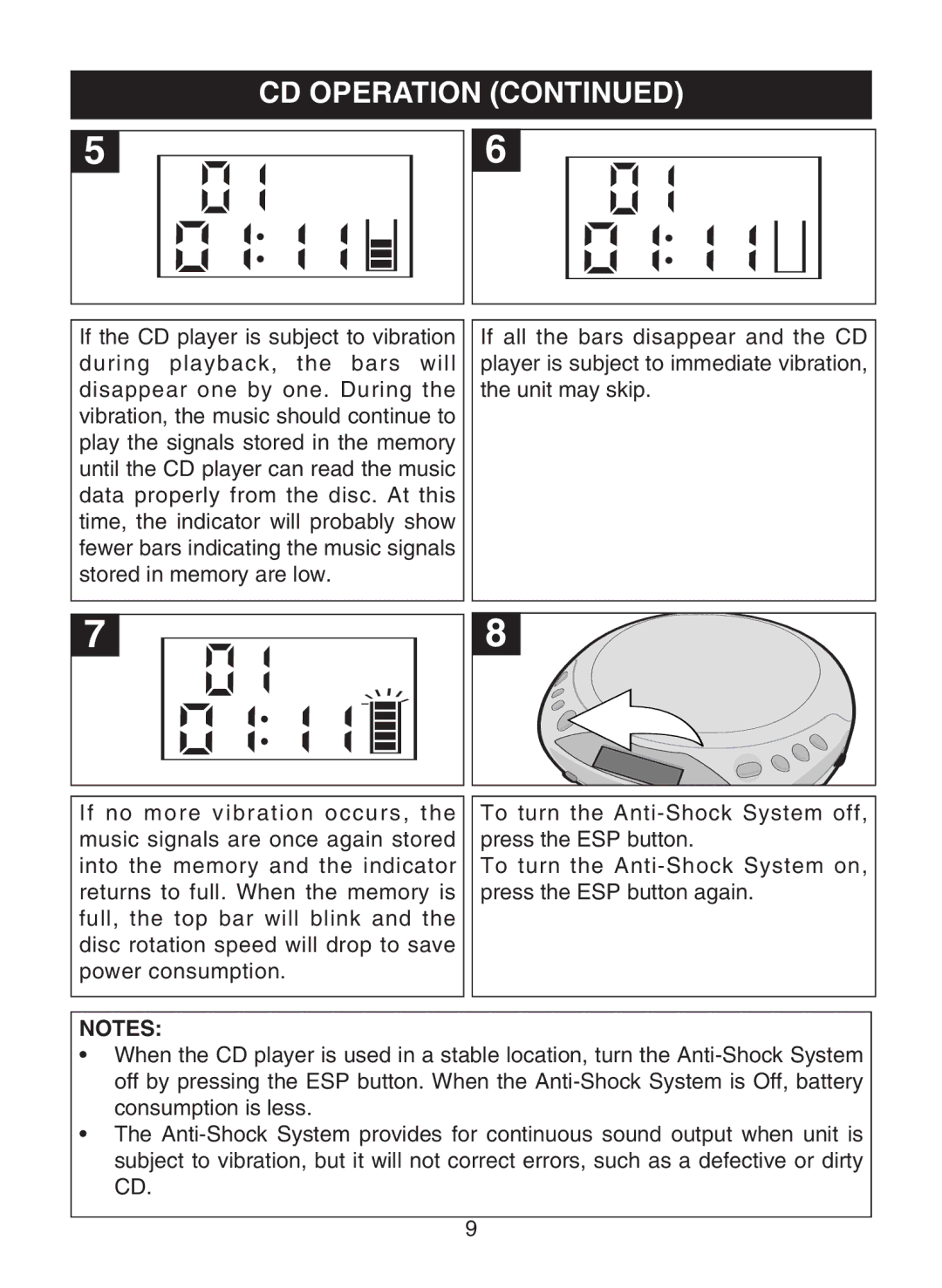SB110, SB111, SB110A specifications
The Emerson SB110A, SB110, and SB111 are cutting-edge temperature controllers designed to optimize performance in various heating, ventilation, and air conditioning (HVAC) applications. With a robust set of features tailored to meet the rigorous demands of modern industrial environments, these controllers can enhance efficiency, accuracy, and overall system reliability.One of the standout characteristics of these models is their advanced control algorithms. The Emerson SB110 series utilizes proportional-integral-derivative (PID) control techniques, which allow for precise temperature management by continuously calculating an error value and adjusting the control outputs accordingly. This results in improved temperature stability and reduced energy consumption, making it ideal for maintaining optimal conditions in sensitive processes.
The SB110A variant boasts a user-friendly interface with a digital display, allowing for easy monitoring and adjustment of temperature settings. This model is equipped with multiple input options, enabling compatibility with different types of sensors such as thermocouples and RTDs. The inclusion of configurable alarm settings further enhances operational safety by providing real-time notifications of temperature deviations.
On the other hand, the SB110 and SB111 models are designed for more advanced applications, featuring additional communication protocols such as Modbus and Ethernet. This connectivity allows for seamless integration into existing building management systems, facilitating remote monitoring and control capabilities. Such features are crucial for facility managers looking to enhance operational efficiency and ensure compliance with regulatory standards.
Another notable technology within the SB110 series is their energy-saving capabilities. The units are designed to minimize power consumption during idle periods without compromising performance. Such energy-efficient functions contribute to lower operational costs and a reduced carbon footprint, aligning with global sustainability goals.
The compact design of the Emerson SB110A, SB110, and SB111 controllers makes them easy to install in various settings, while their durable construction ensures long-lasting reliability even in harsh environments. With adjustable parameters and versatile programming options, these controllers can be tailored to suit a wide range of applications, from commercial refrigeration to process heating.
In conclusion, the Emerson SB110A, SB110, and SB111 temperature controllers represent a sophisticated blend of technology, efficiency, and adaptability. Their advanced control algorithms, user-friendly interfaces, and robust communication capabilities make them an excellent choice for industries looking to enhance their thermal management systems. With these controllers, users can expect improved performance, reliability, and significant energy savings.

